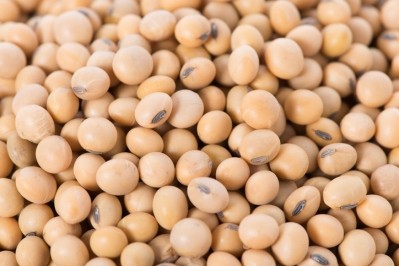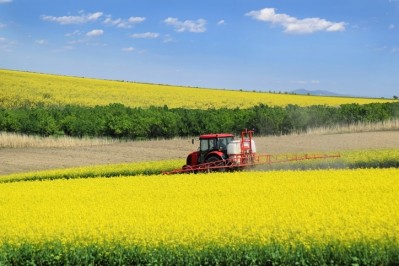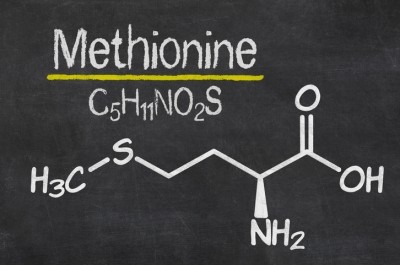Reports from Feed Protein Vision 2018
Are high protein soybeans on the horizon?
She was speaking at FeedNavigator’s inaugural face-to-face event in Amsterdam last month - Feed Protein Vision 2018.
"It is important to recognize that with the explosion in the aquaculture sector, more feed protein sources are needed, and not just any protein, feeds must be rich in protein content."
High protein feed is required for poultry and farmed fish formulations - both types of animal proteins are experiencing huge demand globally, particularly in developing markets.
The biofuels era inadvertently increased the oil content of crops, often with the effect of reducing the protein content of oilseed meals, said Giradello.
“Soybean meal is the protein meal par excellence, but in the past 20 years we have seen a decline in the protein content of soybeans in all the producing countries – Argentina, Brazil and the US – and that is also true of rapeseed meal in Europe.”
This is clearly a problem going forward; it will remain a bottleneck for poultry and farmed fish production expansion if effort is not put back into increasing protein levels in soybean, she said.
While industry is aware of the declining protein content in the oilseed complex, currently, there is little financial incentive anywhere for farmers to grow soybeans with higher protein levels, said Giradello.
“The thing is farmers have an incentive to maximize yield per hectare. They are paid per yield of crop so they are only focused on getting more soybeans.
“And crushers pay, broadly speaking, per ton of product delivered on them, based on some quality standards, of which protein content is not a criteria.”
Efforts by seed companies has been focused on that, helping oilseed farmers to maximize their yields per hectare, and not on boosting protein content.
High protein canola has been developed in Canada recently though, remarked Giradello: “So we could see similar developments also in the soybean production sector, especially due to the growth we expect in the aqua feed sector. The search for high protein solutions in the aquaculture sector provides an additional stimulus.”
Starch derivatives
Over the past number of years, co-products of ethanol and starch production have been released onto the market in the form of high-protein feeds, creating additional sources of protein.
Proteins like vital wheat gluten and corn gluten meal are seeing wide take-up in fish feed formulations. Corn gluten meal is a good source of methionine, and tends to be used in blends with soy protein concentrate to compensate for its low lysine content. The use of corn gluten meal in carp feed in China is expected to grow, according to the LMC International study: Aquafeed to 2025: Securing the feed for rising seafood production
However, output of these starch products is driven by demand for starches and starch derivatives and it is not driven by the demand for feed, and aqua feed particularly, she said.
“That is another bottleneck [in terms of future feed protein availability] if you compare the different growth rates of these two products – 3 to 4% growth in starch production versus 6% growth in the aquaculture sector.”












